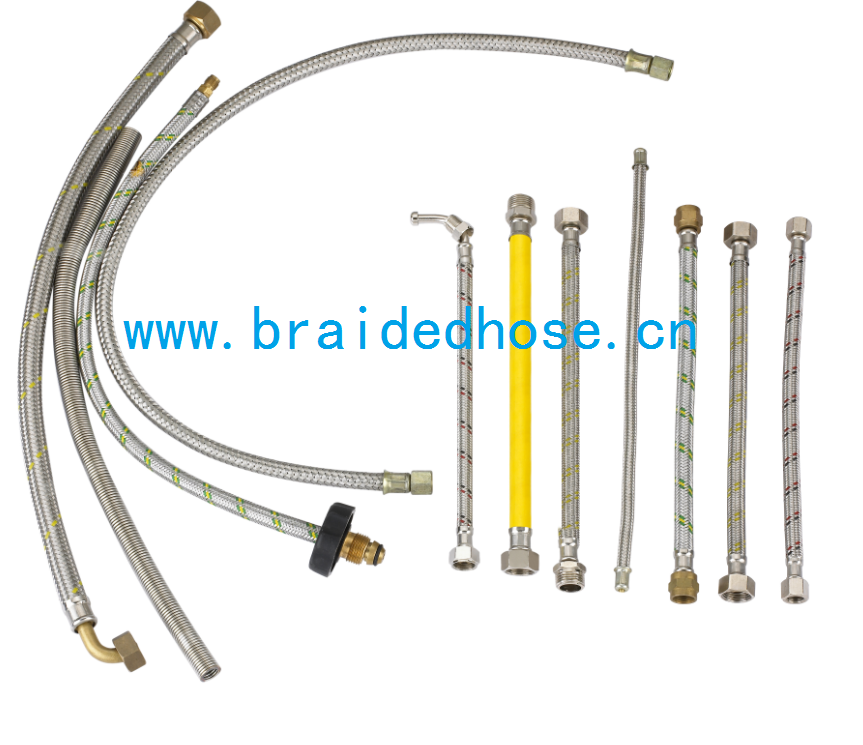How to Choose the Best Hose Material
How to Choose the Best Hose Material?
You may already know that various materials can meet specific applications. For example, PTFE and Teflon are ideal for chemical transfer.
On the other hand, silicone, PTFE, and composite hoses can withstand high-temperature ranges. When considering pressure, options include stainless steel, rubber, or PVC hoses. So, which one should you choose for your project? To decide, you must evaluate several factors.
Factor #1: Chemical Compatibility
If you need to handle corrosive chemicals, Teflon or PTFE should be your choice. These materials offer strong resistance to a wide range of chemicals and acids.
However, if your project involves mild chemicals, you can opt for rubber hoses such as EPDM or SBR. Keep in mind that these rubbers are not suitable for all substances.
Factor #2: Temperature Resistance
If your project involves extremely high temperatures, you have multiple options, including PTFE, composite materials, Teflon, or stainless steel. For moderate temperatures, you can choose rubbers like NBR, EPDM, or neoprene.

Factor #3: Pressure Resistance
For high-pressure applications, consider TPE and silicone rubber. If flexibility is not a concern, stainless steel flexible hoses are a great choice. Reinforced PTFE and rubber hoses are also viable options. For medium-pressure applications, PVC and general-purpose rubber hoses work well.
Factor #4: Flexibility and Ease of Handling
Not all materials offer the same level of flexibility. Some allow for a tighter bend radius, while others do not. If high flexibility is required, rubber hoses are ideal. For moderate flexibility, reinforced TPE, plastic, or metal hoses may be suitable.
Factor #5: Abrasion Resistance
Abrasion resistance is crucial, especially in mining and outdoor applications. In such cases, focus on flexible hose materials that can endure harsh conditions. For example, polyethylene, TPE, nylon, and PU all provide excellent abrasion resistance. However, UHMWPE hoses are the best choice for abrasive fluid transfer.
Factor #6: Weather and UV Resistance
Many hose materials are susceptible to UV degradation over time. If your hose will be used outdoors, consider its weather and UV resistance. EPDM, UHMWPE, TPE, and Teflon hoses offer strong UV resistance. For less flexible but durable options, stainless steel hoses are also a good choice.
Factor #7: Cost
Finally, your project budget will influence the hose material selection. In some cases, multiple materials may meet your requirements. Choosing a more cost-effective option can save significant investment. For example, PVC or rubber hoses are much more affordable than reinforced or corrugated materials.

 简体中文
简体中文 English
English